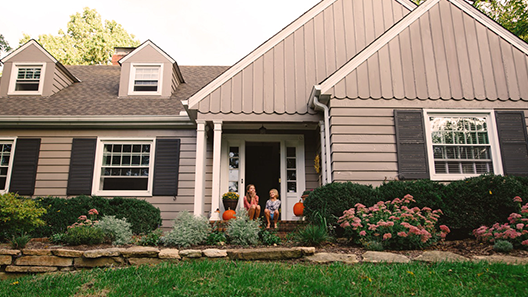How does PMI work? Learn about PMI mortgage insurance. Find out how to calculate PMI, how to get rid of PMI, and how to avoid PMI.

What is PMI?
The idea of owning a home for the first time is an exhilarating prospect for many people. Factor in the excitement of having found a dream home or needing to make a move in a hurry for a job, and many are ready to make a deal. Unfortunately, part of that deal can include having no choice but to have to pay the added monthly expense of Private Mortgage Insurance (“PMI”).
PMI is insurance that protects lenders from the risk of default and foreclosure. PMI also allows prospective buyers who cannot, or choose not to, provide significant down payments to obtain mortgage financing at affordable rates. It is used extensively to facilitate “high-ratio” loans (generally, loans in which the loan to value (LTV) ratio exceeds 80 percent). With PMI, the lender can recover costs associated with the resale of foreclosed property, and accrued interest payments or fixed costs, such as taxes or insurance policies, paid prior to resale.
How Much Does PMI Cost?
A home that costs $200,000 would require a down payment of $40,000 to avoid having PMI insurance added to a monthly mortgage payment. That is understandably a number that is out of reach for many people.
How to Calculate PMI
The precise monthly cost of PMI will vary depending upon the amount of the mortgage loan, the down payment amount, the length of the loan, and the credit score. Your PMI will be calculated by Newrez on an annual basis and then divided up into 12 monthly premiums. It is added to your mortgage payment and normally listed under “Insurance” on your monthly mortgage statement. As an example, a buyer with a credit score of 739 that takes out a $200,000 conventional mortgage and makes a 5% down payment might pay about $185 a month.
How to Get Rid of PMI
There are many factors of when PMI can be canceled, such as the type of loan, occupancy status, payment history, property state, whether your loan was modified, the owner of your loan, and current property value to name a few. You can request to have PMI removed when they reach 80 percent loan to value. Conversely, the lender or servicer must automatically terminate PMI when a mortgage balance reaches 78% of the original purchase price if the loan is not delinquent. You will receive an annual notice with more information concerning cancelation.
How to Avoid PMI: Refinance Your Home Loan
Today’s historically low rates are presenting homeowners an opportunity to save on interest costs and reduce their monthly payments by refinancing. Additionally, doing a “Refi” may also enable borrowers to eliminate PMI if their new mortgage balance is under 80% of the value of their home. At the time of this writing, rates are beginning to rise, however, they remain low. This means that there is still an opportunity to eliminate having to pay PMI insurance through refinancing.
This option will work if a home has increased in value since the time of the mortgage. For example, if your home was purchased five years ago with a 5% down payment, and the home’s value has increased by 20% since that time, you now owe less than 80% of the value of your home. In this case, you may be able to refinance into a new loan and eliminate having to pay PMI.
Although paying PMI can be a necessary reality, exploring your options to eliminate it and effectively pocket hundreds of extra dollars each month makes good sense.
Still Have Questions About PMI?



